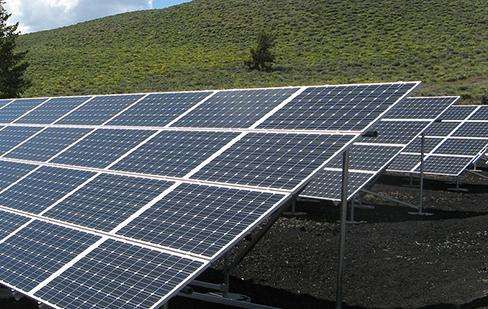1. Steam
One of the first ways to power mechanical engines was steam. Although it is not very effective, after the collapse of human civilization, many objects will be burned. A steam engine can use heat to boil water and turn it into steam, then the steam expands to push the piston or other mechanical elements to move, generating electricity.
2. Internal Combustion Generators
Internal combustion generators are quite common these days and run on gasoline, propane, diesel or natural gas. They work a bit like a car engine: small explosions move the pistons, which in turn cause the magnets to produce electricity. The advantage of an internal combustion generator is that it only needs to be started when power is needed. This avoids wasting energy.
3. Wind energy
Theyare often called "hybrid systems", combining solar energy, because wind and solar energy production methods are intermittent. An interesting alternative is a complementary Feng Shui system, which uses wind energy to pump water into elevated troughs. When it's time to generate electricity, water is released to create kinetic energy.
4. Water power
Humans have been harnessing the energy of rivers and streams for some time, for example by building huge hydroelectric dams. Many companies build turbines for domestic use in rivers and streams, and some of the most efficient models are powerful enough to power average-sized homes. Small turbines, pumps or water wheels can produce electricity 24 hours a day, regardless of weather conditions.
5. Energysolar
The sun is perhaps the most reliable source of energy because its lifespan is billions of years longer than that of humans. Most solar home systems do not store the excess energy they generate, but feed it back into the main grid. The grid is gone and batteries are needed to store it.
People's Daily online - Review of 7 ways to produce electricity after the end of the world
1 Combustion of S in coal generates energy SO2, which is a pollutant. acid oxide and must be near thermal power plants. With a water source, the air in this location can easily become acidic and corrode the steel. Of course, there is also CO2. Certain substances present in waste residue can form a galvanic cell with the steel to accelerate the rate of corrosion of the metal.














